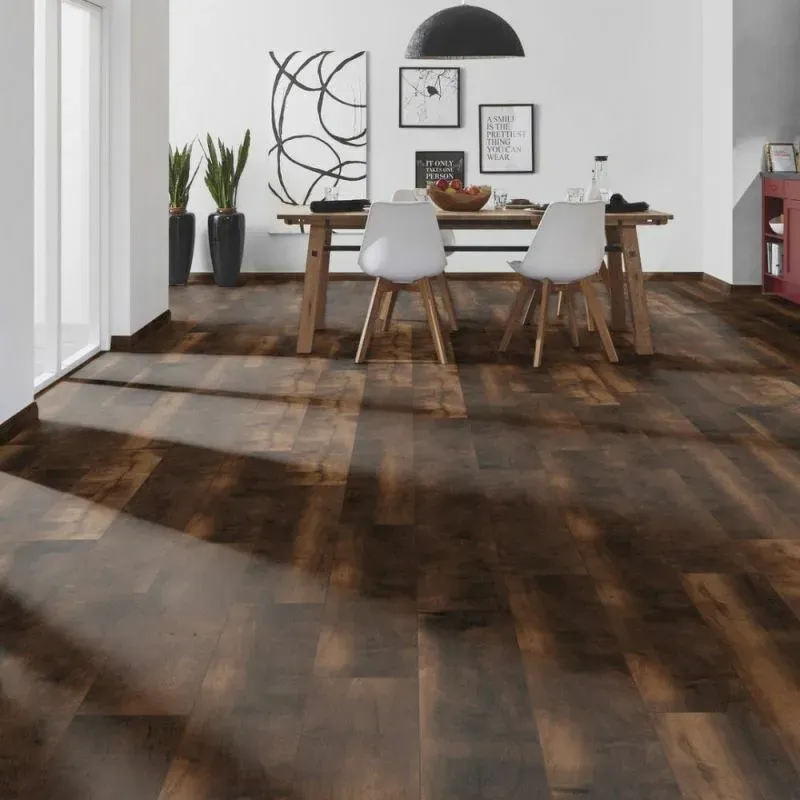Exploring the Charm of Colonial Style Skirting Boards in Interior Design
The Elegance of Colonial Skirting Boards A Timeless Touch to Your Interior Design
Colonial skirting boards, also known as baseboards, are an essential feature in home architecture that carries a rich historical significance. Originating from the Colonial period, these decorative elements are more than mere functional installations; they embody a sense of style, tradition, and craftsmanship that continue to charm homeowners and designers alike. This article explores the characteristics, styles, and benefits of incorporating Colonial skirting boards into your interior design.
Historical Context and Design
The term Colonial refers to various architectural styles that emerged during the colonial period, particularly in America, which lasted from the early 1600s to the late 1700s. During this time, the influence of European architecture melded with local materials and methods, resulting in unique designs that were both practical and aesthetically pleasing. Skirting boards from this era were typically crafted from hardwoods and featured intricate detailing, influenced by prevailing styles such as Georgian, Federal, and Colonial Revival.
These skirting boards served various purposes they protected the lower walls from scuffs and damage, provided a clean finish to the junction between walls and floors, and often added a decorative touch to otherwise plain interiors. The designs typically include ornate patterns, beading, and sometimes even pilasters that create a sense of grandeur.
Styles of Colonial Skirting Boards
Colonial skirting boards come in various styles, allowing homeowners to choose an option that complements their interior decor. Some common styles include
1. Beaded Boards Characterized by a series of small, rounded beads along the board’s top edge, beaded skirting adds a delicate touch and works well in casual or cottage-style homes.
2. Crown Molding Skirts This style combines skirting boards with crown molding elements, adding height and elegance to the room. It’s particularly popular in traditional and formal settings.
3. Plain and Simple For a more modern take, some homeowners opt for streamlined profiles without intricate detailing. This minimalist approach suits contemporary spaces while still providing a nod to classic design.
colonial skirting boards

4. Tall Skirting Boards Increasingly, homeowners are embracing taller skirting boards to create an impression of height in a room. These can be particularly striking in homes with high ceilings, enhancing the overall architectural presence.
Benefits of Installing Colonial Skirting Boards
Incorporating Colonial skirting boards into your home offers several advantages
- Aesthetic Appeal The rich history and detailed craftsmanship of Colonial skirting boards instantly elevate the visual appeal of any room. They can serve as a focal point or as a subtle accent that ties together other design elements.
- Protection Beyond aesthetics, skirting boards provide essential protection for lower walls from wear and tear, making them a practical choice for high-traffic areas.
- Value Addition Properties that include traditional architectural features such as Colonial skirting boards often have higher market value, as they are desirable for buyers looking for character and charm.
- Easy Installation Many modern Colonial skirting options come in pre-cut sections, making them easy to install for DIY enthusiasts. With basic tools, you can transform your space in a relatively short time.
Conclusion
Colonial skirting boards are a timeless feature that can enhance both the beauty and functionality of a home. With their rich historical significance and versatile styles, they are a perfect addition for those looking to incorporate a touch of tradition into their modern lives. Whether you favor ornate designs or prefer a more contemporary look, these skirting boards are sure to add character and charm to your interior spaces for years to come.
-
Waterproof Advantages of SPC Flooring Vinyl in KitchensAug.06,2025
-
SPC Hybrid Waterproof Flooring Thickness GuideAug.06,2025
-
Leveling Subfloor Before My Floor SPC InstallAug.06,2025
-
How Mesh Deck Skirting Improves Outdoor Pest ControlAug.06,2025
-
Choosing the Right Commercial Flooring for Your Business NeedsAug.06,2025
-
Choosing the Best Residential Flooring: A Comprehensive Guide to Style, Durability, and ComfortAug.06,2025




